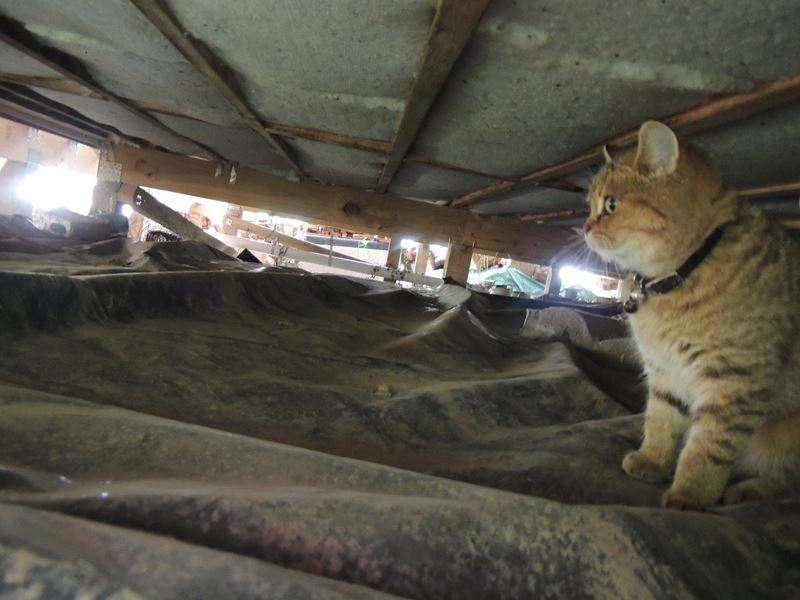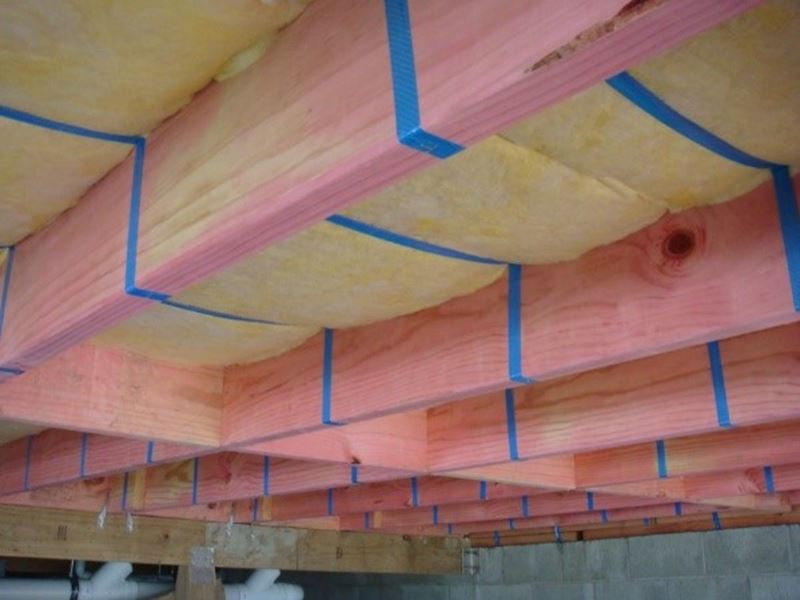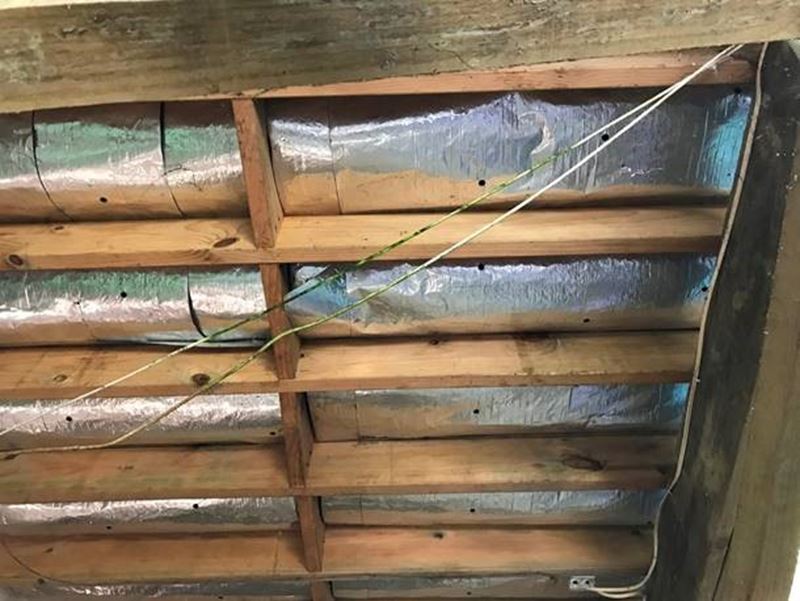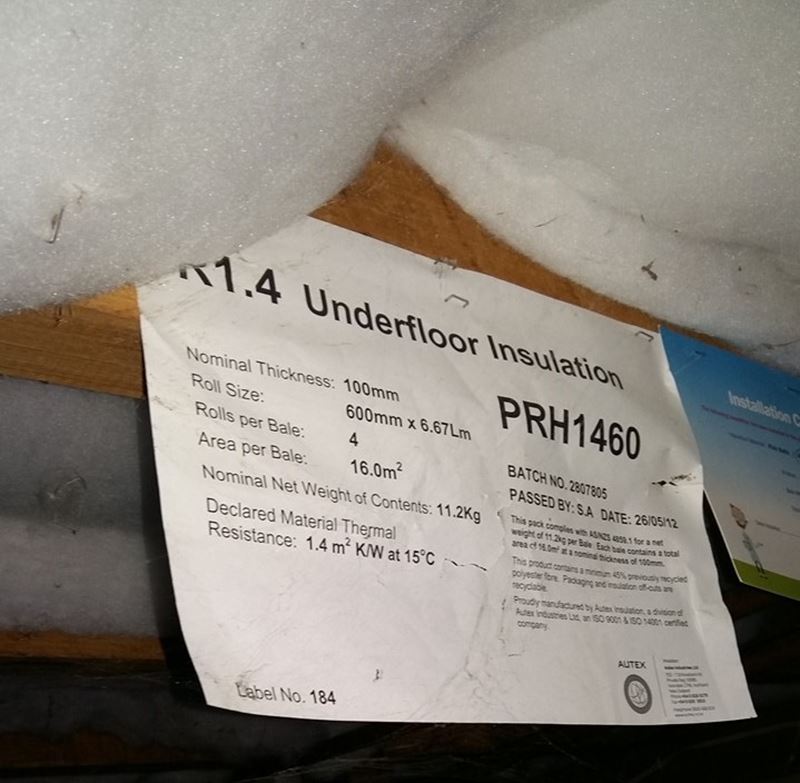Why having floor insulation is important
Insulation is the cheapest form of heating. A $4,000 investment in roof and underfloor insulation will pay for itself many times over the lifetime of the home and will give immediate benefits in comfort and health for the household.
The Building Code requires all new homes to have insulation in roofs, walls and floors, as well as having double glazing. But about half of our existing homes do not even have enough insulation in the roof and/or underfloor. This is a huge opportunity to lower power bills and greenhouse gas emissions from home heating and reduce hospitalisation and time off work or school due to sickness directly caused by cold, damp homes.
The first areas to insulate are roofs and under suspended floors because it is easy and cost-effective in many homes. As of 1 July 2019, all private rental properties need roof and underfloor insulation wherever practical.
The government’s Warmer Kiwi Homes programme provides grants for roof and underfloor insulation to eligible homeowners (owner-occupiers) on low incomes. For more information, see Funding for Insulation. Other financial assistance can be found on the HomeFit finance options page.
ANZ has an interest-free home loan top up for home improvements. Click here for more details.
Floor insulation - what to look for (space under the home)

Foil insulation
How to tell how thick your insulation is
Floor insulation - what to look for


